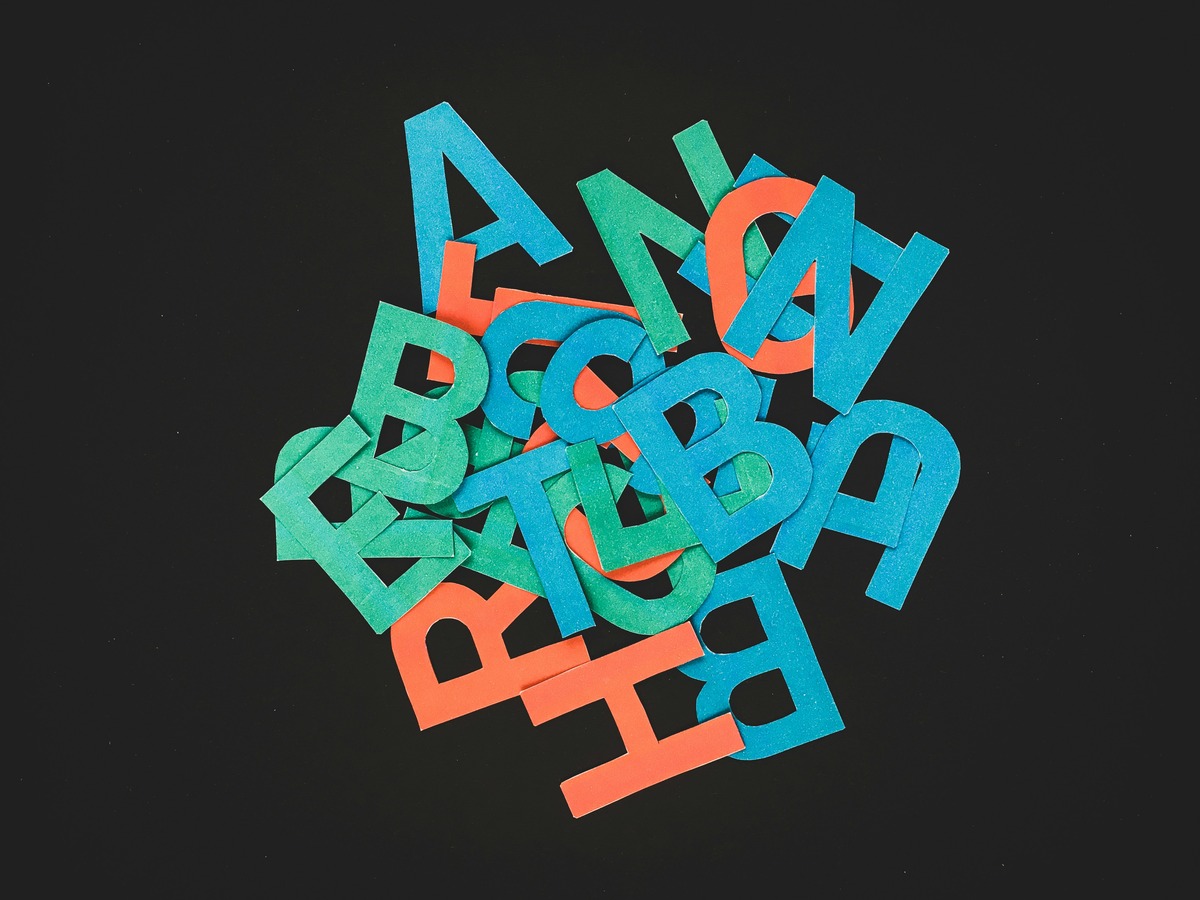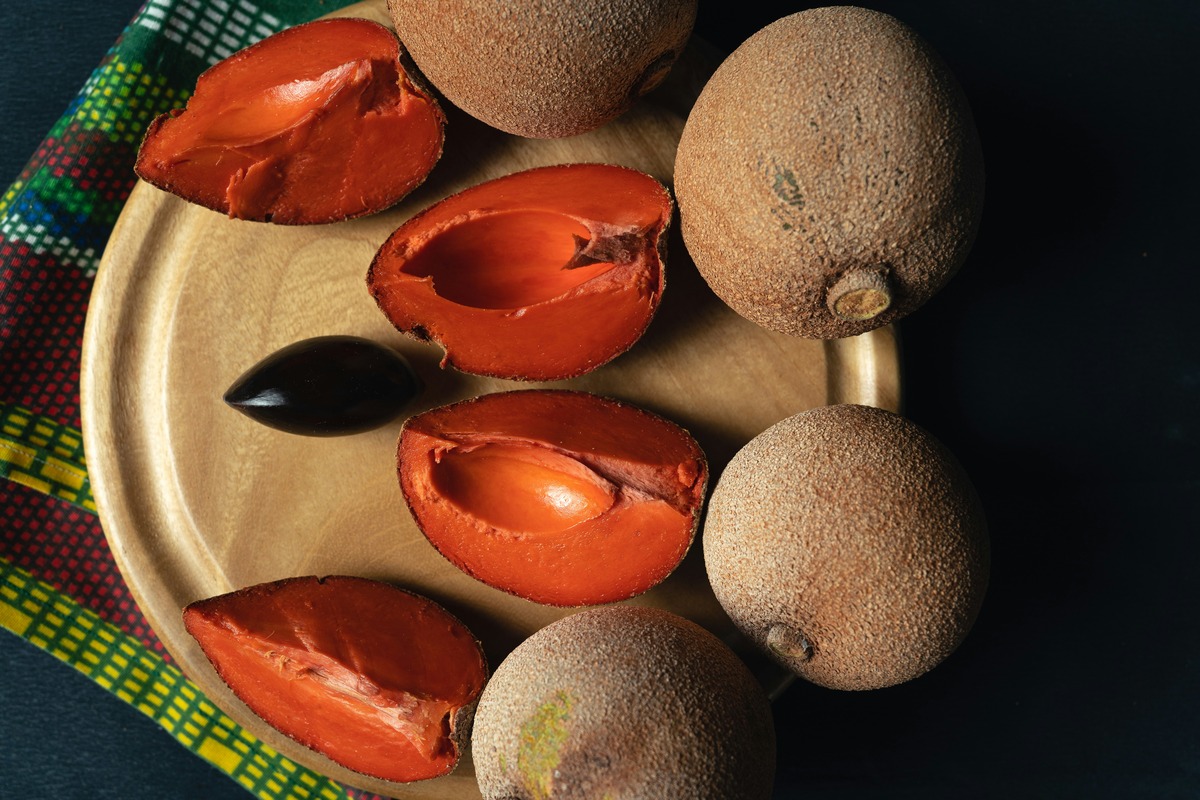Home>Language and Grammar>Understanding The Meaning Of ‘Don’t Be A Stick In The Mud’


Language and Grammar
Understanding The Meaning Of ‘Don’t Be A Stick In The Mud’
Published: February 14, 2024
Explore the meaning of "Don't Be a Stick in the Mud" and its relevance to language and grammar. Gain insights into this popular idiom and its usage.
(Many of the links in this article redirect to a specific reviewed product. Your purchase of these products through affiliate links helps to generate commission for Noodls.com, at no extra cost. Learn more)
Table of Contents
Introduction
Have you ever been told, "Don't be a stick in the mud"? This intriguing phrase has a deeper meaning than what initially meets the eye. It's often used in a lighthearted manner, but its origins and figurative implications are worth exploring.
The phrase "stick in the mud" may sound peculiar at first, but it carries a rich history and a powerful message. In this article, we'll delve into the origins of this idiom, unravel its figurative meaning, explore examples of its usage, and provide practical tips on how to avoid embodying the characteristics of a "stick in the mud."
Join me on this linguistic journey as we uncover the essence of "Don't be a stick in the mud" and gain a deeper understanding of how this phrase can resonate with our daily lives.
The Origins of the Phrase
The phrase "stick in the mud" dates back to the 17th century and has its roots in the English language. It is believed to have originated from the literal sense of a stick becoming stuck in the mud, making it difficult to move or progress. This literal interpretation serves as a metaphor for someone who is resistant to change or new ideas, thereby hindering progress or growth.
The term "stick in the mud" was initially used to describe a person who was perceived as dull, unadventurous, or overly traditional. It was often employed to characterize individuals who were resistant to embracing innovation or adapting to new circumstances. The imagery of a stick firmly lodged in the mud vividly conveys the idea of being immovable or obstinate.
Over time, the phrase evolved into the more colloquial expression "don't be a stick in the mud," which is commonly used to encourage individuals to be more open-minded, flexible, and receptive to new experiences. This transformation reflects the enduring relevance of the concept and its enduring significance in contemporary language.
The origins of the phrase "stick in the mud" are deeply intertwined with the human inclination to resist change and cling to familiar routines. It captures the essence of human nature, highlighting the tension between the comfort of the familiar and the potential for growth through adaptation and innovation.
As language continues to evolve, the phrase "stick in the mud" has transcended its literal origins to become a powerful metaphor for the psychological and emotional barriers that impede personal and collective progress. Its enduring relevance underscores the universal nature of the human experience and the timeless struggle to overcome inertia and embrace change.
Understanding the historical origins of the phrase "stick in the mud" provides valuable insights into the human psyche and the perennial challenges of navigating change and transformation. By unraveling its linguistic evolution, we gain a deeper appreciation for the enduring wisdom encapsulated within this seemingly simple yet profound expression.
Figurative Meaning
The figurative meaning of the phrase "stick in the mud" transcends its literal interpretation, delving into the realm of human behavior and attitudes. Figuratively, being a "stick in the mud" implies a reluctance to embrace change, a resistance to new ideas, and a tendency to adhere rigidly to established norms or traditions. It encapsulates the notion of being immovable, inflexible, and unwilling to adapt to evolving circumstances.
At its core, the figurative meaning of "stick in the mud" embodies the concept of stagnation and the aversion to progress. It symbolizes a mindset that is rooted in the past, resistant to innovation, and hesitant to explore uncharted territories. Individuals who embody the characteristics of a "stick in the mud" often exhibit a lack of openness to new perspectives, a fear of stepping outside their comfort zones, and a preference for the familiar over the unknown.
Furthermore, the figurative implications of this phrase extend beyond individual behavior to encompass organizational dynamics and societal attitudes. In a professional context, being a "stick in the mud" can manifest as an aversion to change within a workplace, resistance to adopting new technologies, or reluctance to embrace innovative strategies. This mindset can hinder organizational growth, impede creativity, and stifle progress.
On a broader societal level, the concept of being a "stick in the mud" reflects the resistance to social change, the preservation of outdated norms, and the reluctance to address pressing issues. It underscores the challenges of effecting meaningful societal transformation and the barriers posed by entrenched attitudes and institutional inertia.
Understanding the figurative meaning of "stick in the mud" provides valuable insights into the psychological and sociocultural dynamics at play. It prompts introspection regarding one's own predispositions towards change and adaptation, while also shedding light on the broader implications for collective progress and innovation.
By unraveling the figurative layers of this idiom, we gain a nuanced understanding of the complexities inherent in navigating change, embracing innovation, and transcending the limitations of entrenched mindsets. It serves as a poignant reminder of the need to cultivate openness, flexibility, and a willingness to evolve in both personal and collective contexts.
Examples of Usage
The phrase "don't be a stick in the mud" finds resonance in various contexts, reflecting its versatility and enduring relevance in everyday communication. Here are several examples of its usage across different scenarios:
-
Social Settings: In casual conversations among friends or family members, the phrase may be employed to encourage someone to join in an activity or embrace a new experience. For instance, if a friend expresses reluctance to participate in a spontaneous outing, another might playfully urge them, "Come on, don't be a stick in the mud! Let's make some memories together."
-
Workplace Dynamics: Within professional environments, the phrase can be used to address resistance to change or reluctance to adopt innovative approaches. A manager might use it to motivate a team member who is hesitant to explore new strategies, saying, "We need fresh ideas to stay competitive. Don't be a stick in the mud—let's brainstorm and explore new possibilities."
-
Educational Settings: Teachers and educators may employ the phrase to encourage students to embrace new learning opportunities and step outside their comfort zones. For instance, a teacher might inspire a hesitant student by saying, "Learning is about exploration and growth. Don't be a stick in the mud—embrace the challenge and expand your horizons."
-
Cultural and Societal Commentary: In discussions about societal attitudes or cultural norms, the phrase can be used to address resistance to social progress or reluctance to address pressing issues. For example, in a conversation about advocating for change, someone might assert, "We can't afford to be sticks in the mud when it comes to social justice. It's time to take action and drive meaningful change."
-
Personal Development: Within the realm of personal growth and self-improvement, the phrase serves as a reminder to remain open-minded and adaptable. Individuals may use it as self-motivation, telling themselves, "I need to embrace new opportunities and push past my comfort zone. I won't be a stick in the mud—I'm ready to evolve and thrive."
These examples illustrate the diverse applications of the phrase "don't be a stick in the mud" across social, professional, educational, and personal spheres. Its ability to encapsulate the essence of embracing change, fostering openness, and transcending inertia underscores its enduring relevance in contemporary discourse.
How to Avoid Being a Stick in the Mud
Embracing change and cultivating a mindset of adaptability are essential for avoiding the pitfalls of being a "stick in the mud." Here are practical strategies to foster openness, flexibility, and a willingness to evolve:
-
Embrace New Experiences: Actively seek out opportunities to engage in novel experiences, whether it's trying a new cuisine, exploring a different hobby, or traveling to unfamiliar destinations. Embracing new experiences broadens your perspective, fosters adaptability, and cultivates a sense of openness to the unknown.
-
Challenge Your Assumptions: Take a critical look at your beliefs, attitudes, and preconceived notions. Engage in introspection to identify areas where you may be resistant to change due to ingrained biases or fixed mindsets. By challenging your assumptions, you can open yourself up to new perspectives and ideas.
-
Stay Curious and Inquisitive: Cultivate a sense of curiosity and a thirst for knowledge. Actively seek to learn about diverse cultures, disciplines, and viewpoints. By nurturing a curious mindset, you can break free from the confines of familiarity and embrace the richness of the world around you.
-
Embrace Lifelong Learning: Commit to continuous learning and personal growth. Whether it's acquiring new skills, pursuing further education, or delving into unfamiliar subjects, the pursuit of knowledge fosters adaptability and resilience. Embracing lifelong learning empowers you to navigate change with confidence and agility.
-
Step Outside Your Comfort Zone: Challenge yourself to step outside your comfort zone on a regular basis. Whether it's engaging in public speaking, taking on a new project at work, or initiating conversations with individuals from diverse backgrounds, pushing past your comfort zone fosters resilience and adaptability.
-
Cultivate Flexibility: Develop the ability to adapt to changing circumstances and unforeseen challenges. Embrace flexibility in your plans, approaches, and responses to unexpected events. By cultivating flexibility, you can navigate transitions with grace and resilience.
-
Seek Diverse Perspectives: Actively engage with individuals from varied backgrounds, cultures, and experiences. Embracing diverse perspectives broadens your understanding of the world and fosters empathy, tolerance, and adaptability.
-
Embrace Change as an Opportunity: Shift your mindset to view change as an opportunity for growth rather than a threat. Embracing change with a positive outlook allows you to harness its transformative potential and cultivate a proactive approach to navigating transitions.
By incorporating these strategies into your daily life, you can proactively avoid being a "stick in the mud" and embrace a mindset of adaptability, openness, and continuous growth. Remember, the journey towards personal evolution and resilience begins with a willingness to embrace change and transcend the limitations of familiarity.
Conclusion
In conclusion, the phrase "Don't be a stick in the mud" encapsulates timeless wisdom that resonates across diverse facets of human experience. From its historical origins rooted in the English language to its figurative implications in contemporary discourse, this idiom serves as a poignant reminder of the perennial struggle to navigate change, embrace innovation, and transcend the limitations of familiarity.
The journey of unraveling the essence of "stick in the mud" has unveiled profound insights into the human psyche, societal dynamics, and the transformative power of openness and adaptability. It has underscored the universal relevance of the concept, transcending linguistic boundaries to offer a compelling commentary on the human inclination to resist change and cling to established norms.
By exploring the figurative layers of this idiom, we have gained a nuanced understanding of the complexities inherent in navigating change, embracing innovation, and transcending the limitations of entrenched mindsets. It has prompted introspection regarding our predispositions towards change and adaptation, while shedding light on the broader implications for collective progress and innovation.
The practical strategies outlined for avoiding the pitfalls of being a "stick in the mud" offer a roadmap for fostering openness, flexibility, and a willingness to evolve. Embracing new experiences, challenging assumptions, staying curious, and cultivating flexibility are not merely individual pursuits but collective imperatives for fostering a culture of innovation and progress.
As we navigate the ever-changing landscape of personal, professional, and societal dynamics, the wisdom encapsulated within "Don't be a stick in the mud" serves as a guiding light. It beckons us to embrace change as an opportunity for growth, to transcend the confines of familiarity, and to cultivate a mindset of adaptability and resilience.
In essence, the phrase "Don't be a stick in the mud" transcends its linguistic origins to become a timeless call to action—a call to embrace change, foster openness, and embark on a journey of continuous growth and evolution. It stands as a testament to the enduring human spirit, ever resilient and ever adaptable in the face of change.














